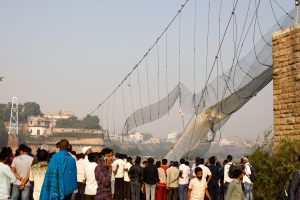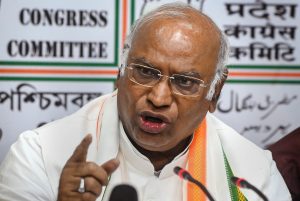Milk production in the state of Rajasthan, which has been most impacted by the lumpy skin disease (LSD) has declined by 21%, according to a report from the Hindustan Times.
The amount of milk collected from cows has reduced by around 5-6 lakh litres per day, an official from the Rajasthan Cooperative Dairy Federation told Hindustan Times.
However, the decline in production has not impacted the demand supply ratio for milk, which has led to the RCDF to find alternative methods of increasing collection.
Also Read | How does lumpy skin disease spread in cattle?
The RCDF did not meet its estimated collection figure in July when the outbreak occured, gathering around 23.60 lakh per day as opposed to the 30 lakh per day that was expected that month. In August, the collections dropped from the expected 35 lakh per day to 27.54 lakh. Milk collection was set to increase in the state when the monsoons started in Rajasthan from July.
Also Read | How is Rajasthan fighting lumpy skin disease?
In the state’s third largest district of Barmer, which also happens to be the largest producer of milk, production has dropped significantly. There are 72 milk federations in the district of which 10% have become non-operational because milk production has dropped, according to the President of the Barmer Dugdh Utpadak Sahkari Samiti Limited, Bhikharam Choudhary.
Its not just milk production that has been affected, but also the price of cows. Prior to the outbreak, a cow cost anything between Rs 10,000 to Rs 15000. The cost has now increased to Rs 30,000 to Rs 40,000.
Also Read | Lumpy skin disease spread: Which Indian states are most affected
However, the managing director of the RCDF, Sushma Arora told the Hindustan Times that the organisation had worked out an action plan which included increasing the milk procurement and support prices and the opening of new milk routes.
The state saw a large protest from the Bharatiya Janata Party on Tuesday, September 20, 2022. The party has accused the Chief Minister Ashok Gehlot of negligence and failure to address the ongoing crisis.




